The inside and exterior of your home can gain a touch of glitz and refinement by exploring the fascinating world of metallic paints. Metallic paints offer countless opportunities for creative expression because of their shimmering light.


The inside and exterior of your home can gain a touch of glitz and refinement by exploring the fascinating world of metallic paints. Metallic paints offer countless opportunities for creative expression because of their shimmering light.
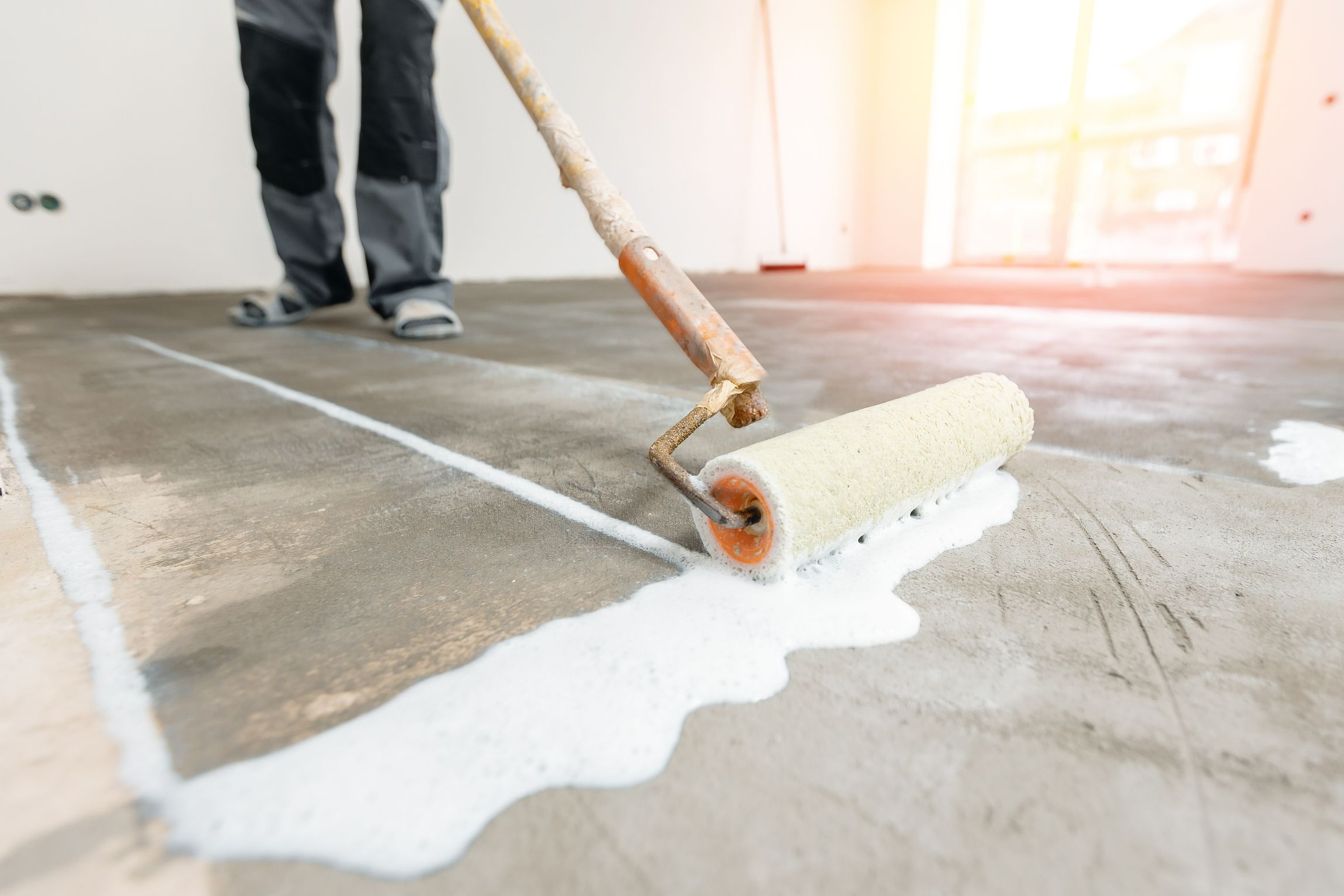
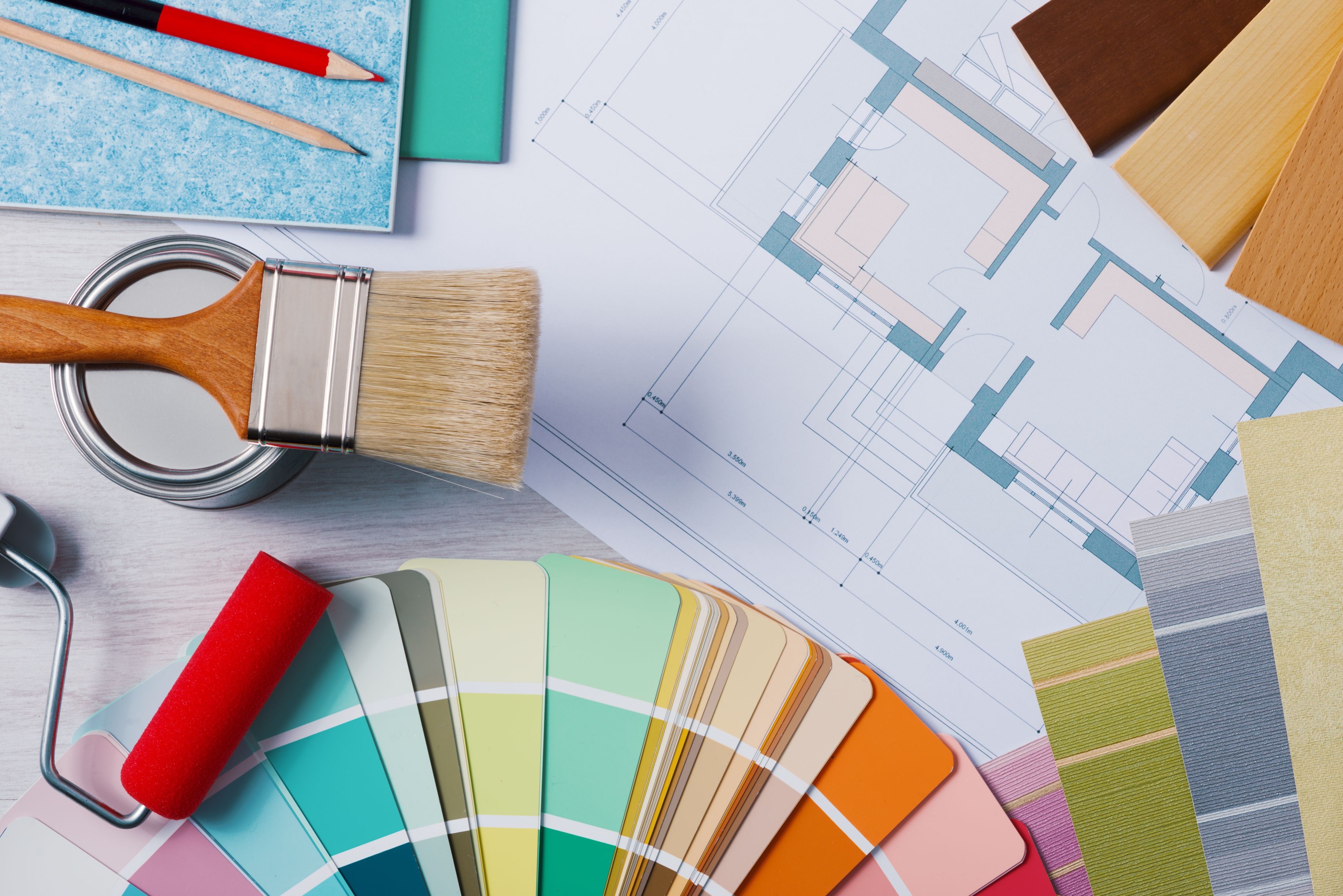
Painting both the inside and exterior walls may do wonders for giving your house a new, bright look. However, a little wall prep for painting can go a long way toward achieving a perfect finish that will last before you drop that brush into the paint. Washing walls, wall cleaning, and sanding walls before painting are all part of wall preparation before painting.

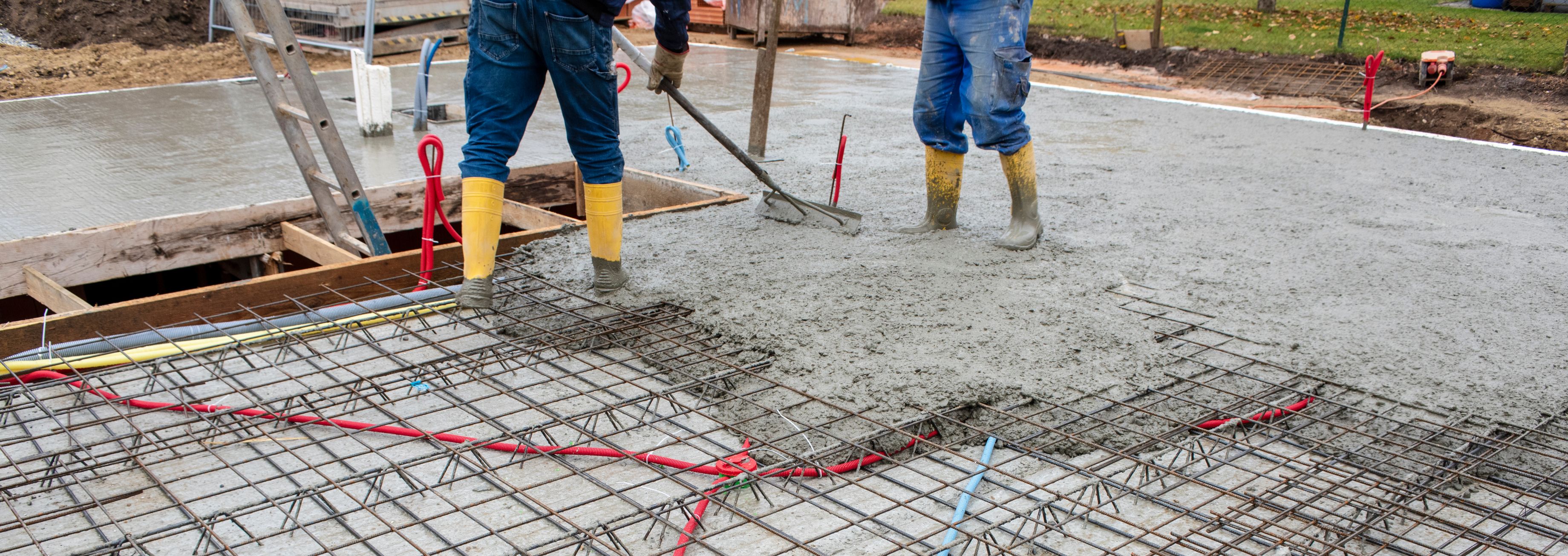
If you’re worried about your building’s lifeline, crystalline waterproofing could be your answer to prevent any damage from external elements.
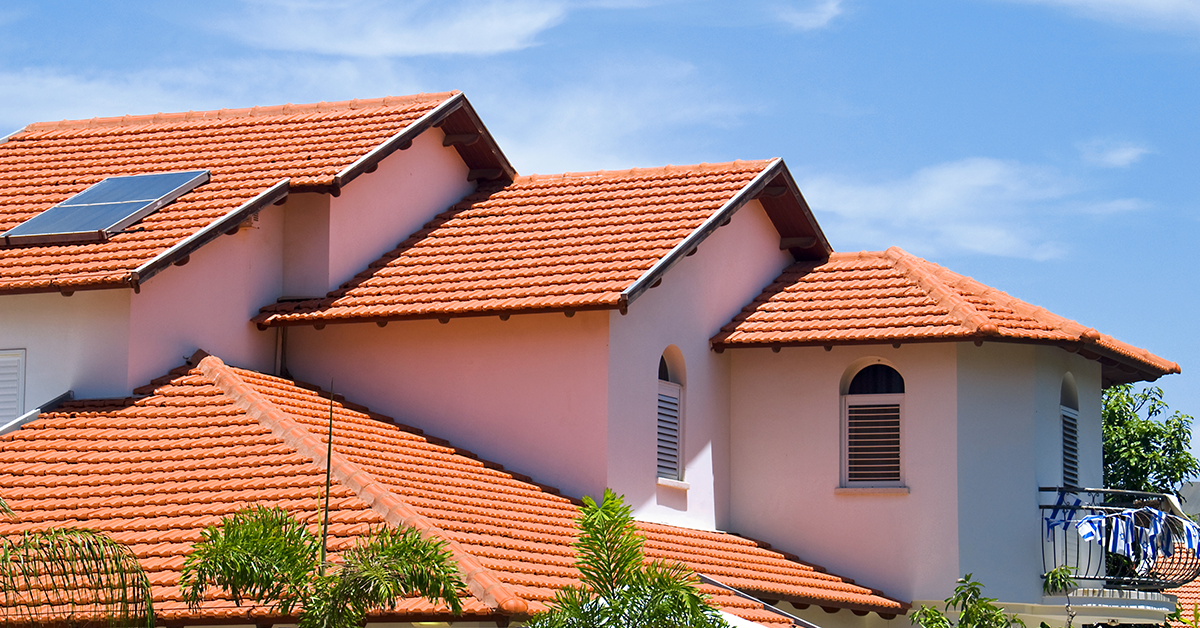
Dive into our latest blog that explores awe-inspiring roof designs for Indian homes.
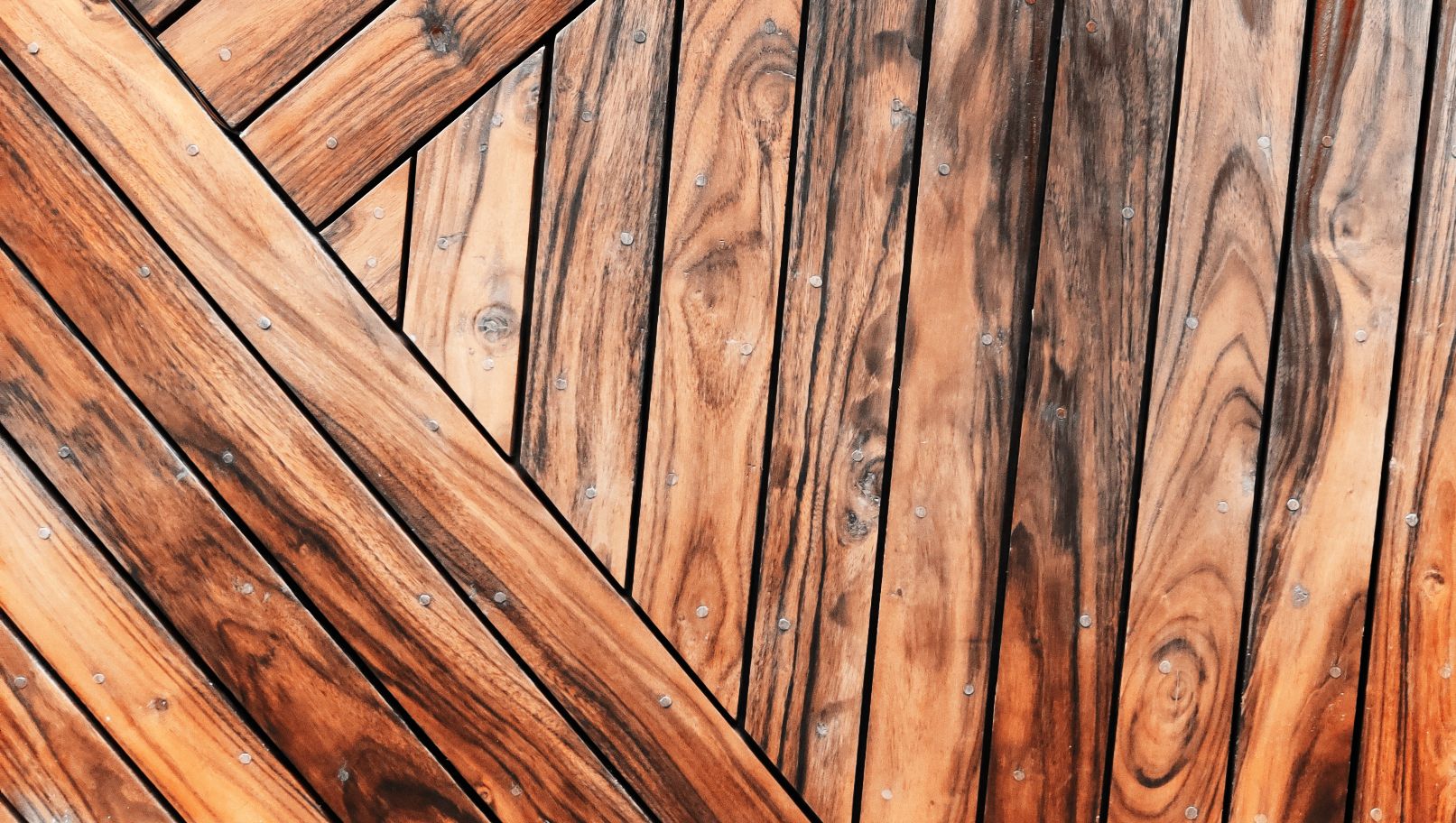
Looking for a sophisticated update? A wooden false ceiling design is all you need for that bit of elegance and warmth. Wooden ceilings are a type of false ceiling design used in interior design as a functional and attractive element. It is made of wooden planks, tiles, or panels beneath the structural ceiling. Wooden false ceiling designs are available in various finishes, thus allowing for a wide choice.
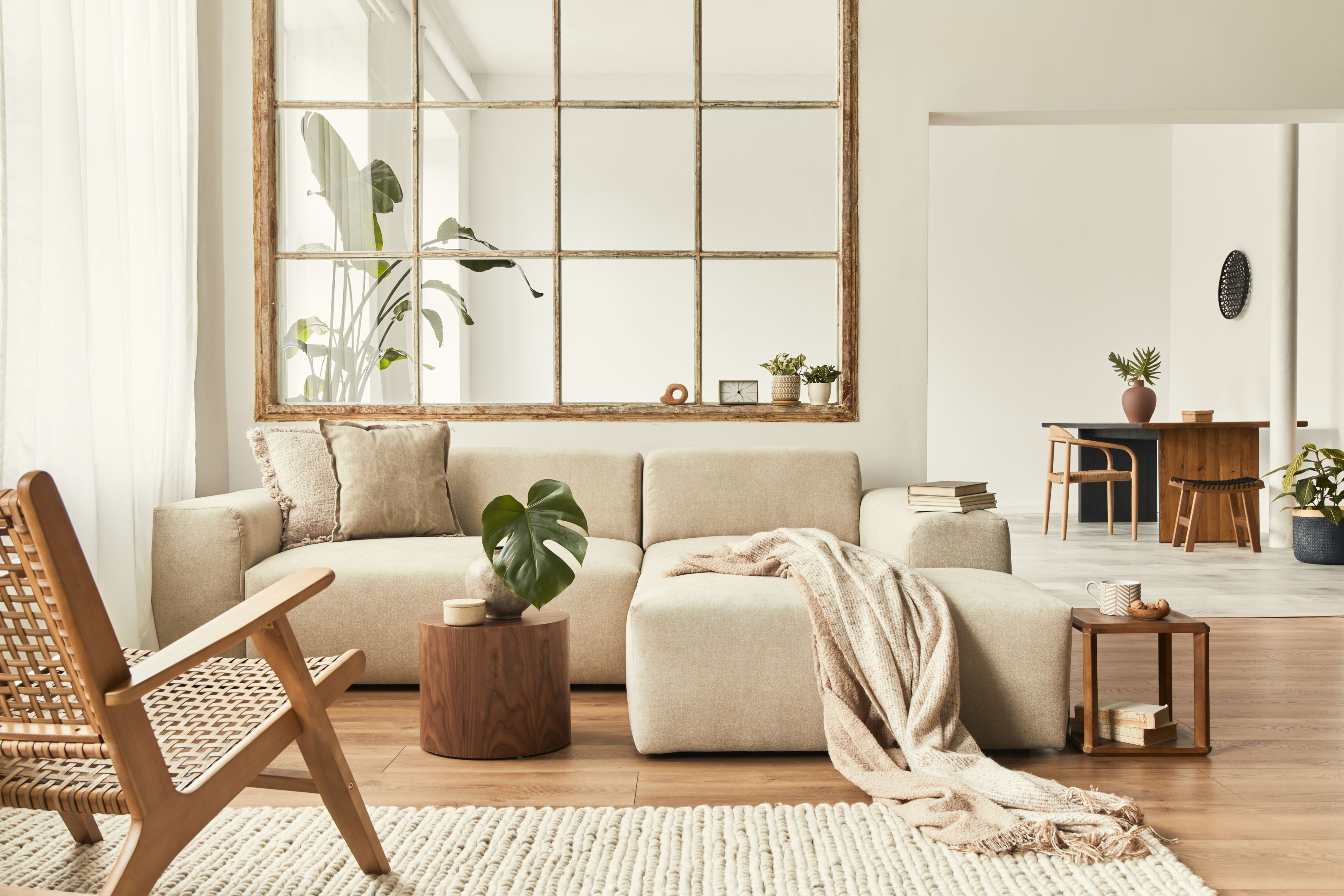
Are you searching for a way to bring energy and vibrancy into your spaces? Look no further than the colour scheme. This exciting approach to colour selection can turn any room or canvas into a masterpiece.

Looking at sprucing up your home with a striking effect? False ceilings may just add a bit of class and elegance to your space. It is a popular architectural and interior design feature used in buildings to create an additional layer of ceiling below the main structural ceiling. The false ceiling has both functional and aesthetic purposes.
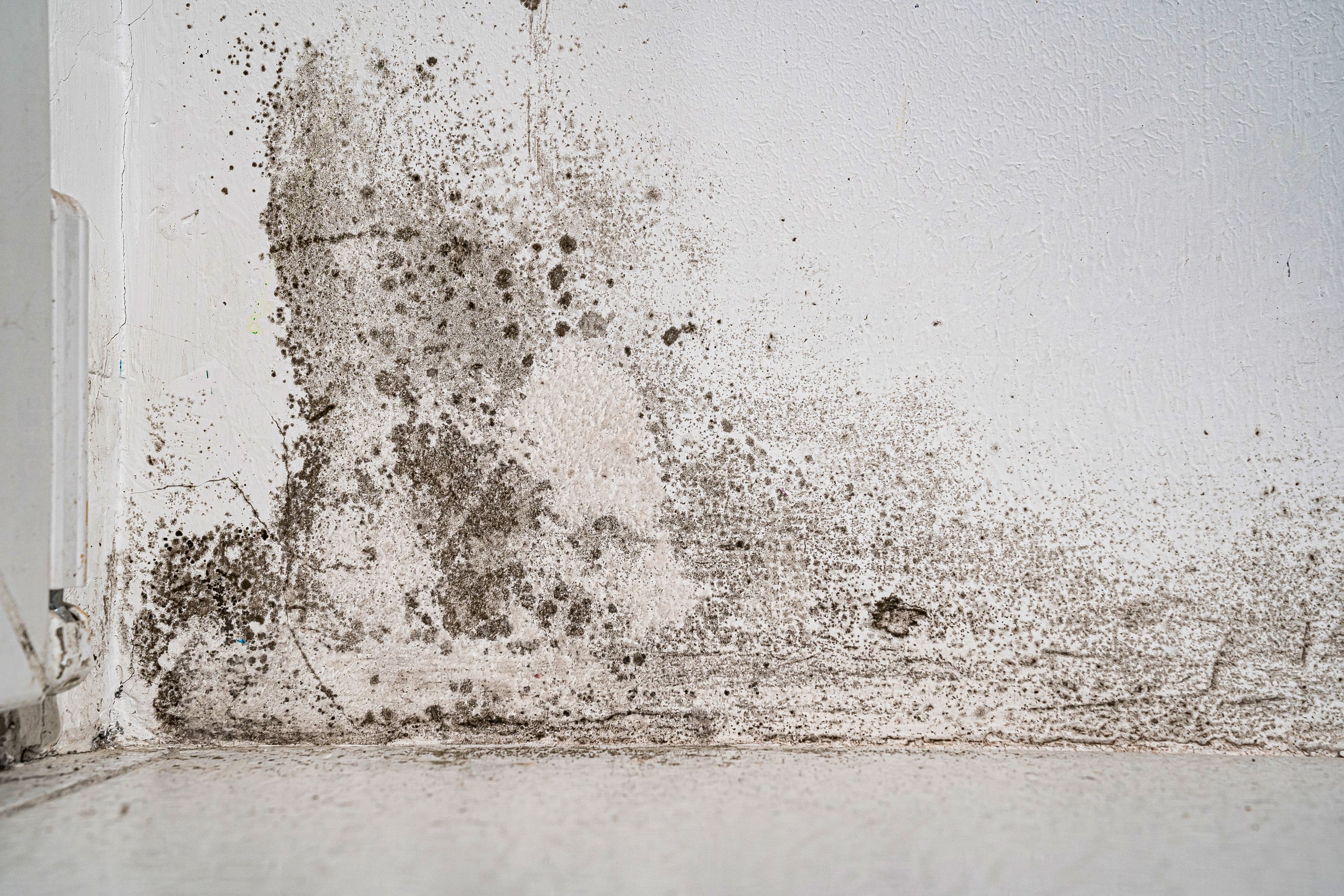
As the moisture in the air penetrates the exterior wall, it creates condensation leading to mildew and mold on walls.
It’s important to inspect your walls regularly during the rainy season to identify any areas that may be prone to mold or mildew on walls. Some common signs include discoloration, wetness or moisture buildup, or a musty odor.
Mold on walls can appear as a greenish or black substance growing on surfaces like walls and ceilings, in corners where there is less ventilation.
If something smells “musty,” that means it has been exposed to moisture for a long time—and that can be an indicator of mold on walls.
Water stains can indicate hidden leaks in your walls or ceiling, which can cause mold on walls if they are left unchecked.
The moisture from mold and mildew on walls can cause structural damage. If you see any of these signs, it’s vital to get a professional inspection done.
Mold on walls can cause allergic reactions in some people, including runny nose, watery eyes, coughing, and sneezing.
If you have mold and mildew on walls of your home, it can be difficult removing mold from walls and getting rid of mold on walls. But there are mold treatments for walls that will help in removing mold from walls and cleaning mold off walls.
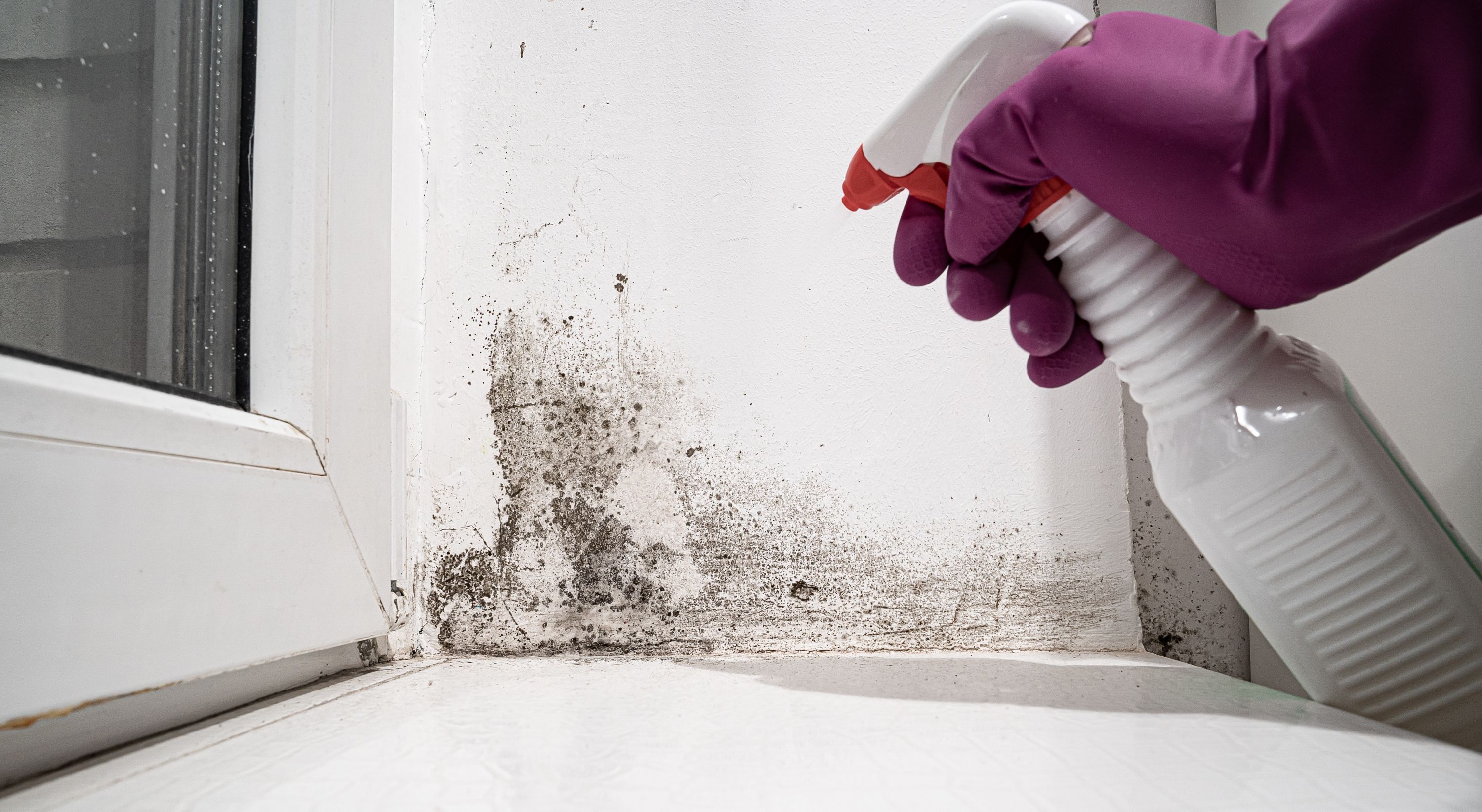
You can use certain methods to clean the mold at home, however consulting painting experts is advised as they can inspect the walls and recommend the appropriate ways of getting rid of mold and mildew
Waterproofing creates a barrier between the moisture outside and inside of your home. Waterproofing can be done by using high-quality and long-lasting interior wall paints and exterior wall paints.
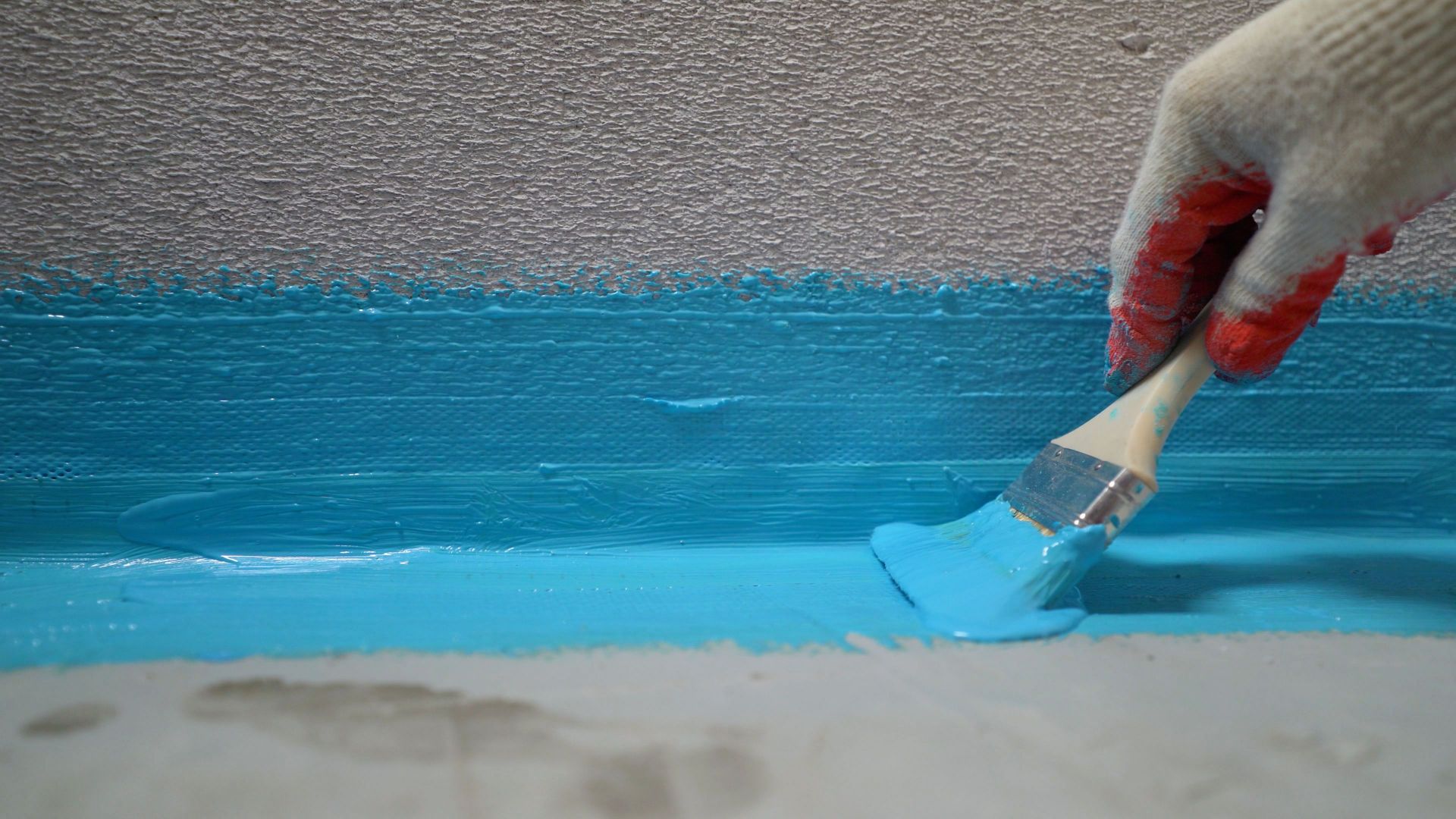
The Berger Moisture Meter is a device used to test the presence of moisture in the walls. It is a helpful tool for measuring moisture within the walls.
The key to using this device is knowing where to place it. When testing for moisture, it is best to place the meter in an area where there are no obstructions.
Make sure you have adequate ventilation both inside and out, including exhaust fans and open windows in bathrooms and kitchens.
The ideal range for indoor humidity is between 30%-50%. Keeping up with your maintenance schedule can help you maintain this level by preventing leaks and water intrusion.
Inspect your roof for any signs of leaks, including discolored shingles or stains on walls near gutters, downspouts, or vents. Seal any cracks or holes with sealant to prevent water from coming into contact with insulation, which can lead to mold growth within walls.
To help prevent mold growth, you can use mold-resistant products such as paints, grout sealer, and drywall tape.
Make sure that you clean any spills or moisture on your walls immediately. This will help keep the area dry, which will prevent the development of mold spores over time.
Maintain proper insulation in your attic and walls. This will prevent moisture from building up inside your walls.
Air purifiers are another important tool for preventing mold and mildew on walls. They help to remove any dust or allergens.
You can now stop wondering how to clean mold off walls and get started. We know it can be a lot of work to clean up mold and mildew on walls after the rainy season, but you can also get Berger Express Painting Services to let the experts handle it.
Fixing leaks, reducing indoor humidity, improving ventilation, using exhausts in kitchen and using mold resistant products.
Using bleach may help removing mold without damaging the paint.
Mold is not a typical structural defect, but may eat through rarely.
Bathrooms, sinks, toilets are most likely to grow mold.
Yes, you can paint over cleaned walls, but this alone may not help.